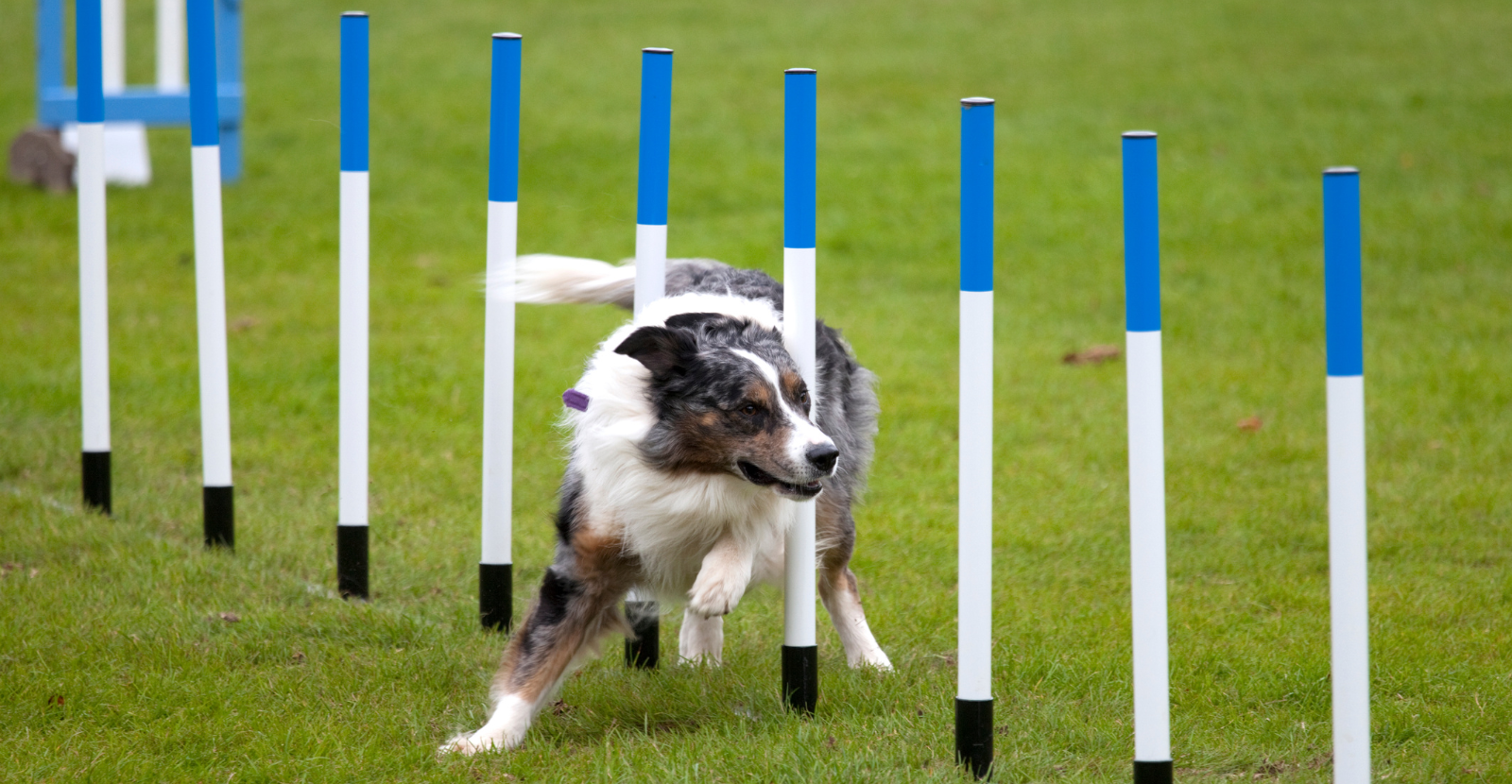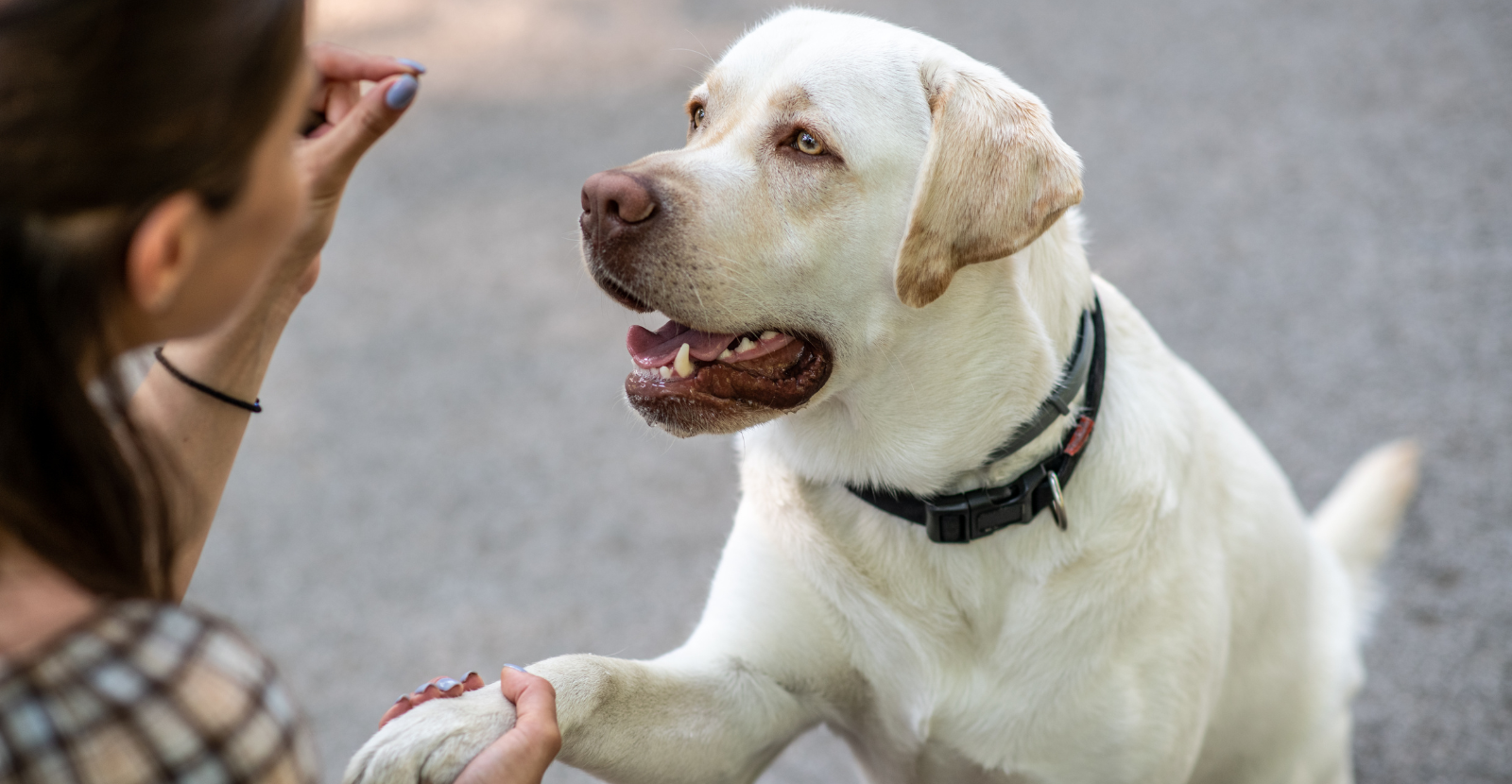September is Pet Pain Awareness Month and one source of pain is one that causes your dog to limp. Is your dog limping? Or maybe you noticed your dog limping, and now they are not. What happened to make your dog limp? Should you be concerned? We have the answers to all your questions and more about why your dog might be limping.
What Type of Limping is it?
There are two types of limping. Determine which kind your dog might have. Technically these are called gradual onset limping and sudden onset limping. The difference is in the timing it happens. Unfortunately, both limping cases mean it is time to visit your veterinarian. It helps to know the type of limp your dog has, so consider these as differences:
Gradual onset limping means limping has happened slowly, over time. This requires paying attention to your dog, to notice if they are limping at a certain time of day, such as the morning after sleeping all night. Or if it gets worse as the day goes on.
There may be certain days you notice limping in your dog. And, then it goes away, only to come back again. This on-again/off-again limping could be a variety of reasons, including the atmospheric pressure which can determine when your dog is feeling pain.
Gradual limping usually has a root cause to limping, such as arthritis in dogs (osteoarthritis) or hip dysplasia in dogs, or elbow dysplasia in dogs.

Sudden onset limping means the limping occurred suddenly, most likely because of an injury. This type of limping gets immediate attention because it’s clear there is an injury. Often, it’s a visit to an emergency veterinary clinic. This type of injury may require surgery, rest, and rehabilitation.
Any dog can injure itself at any age. If your dog is an active dog, runs often, and participates in an agility competition, injury can happen with one wrong move. But also, if your average dog makes a break for it to chase that rabbit, they could also step off wrong and injure themselves. Both of these reasons mean a trip to the veterinarian.
Does your dog have other symptoms?
Since our dogs cannot tell us what is wrong, it is often hard to determine. Here are some symptoms of concern to look out for. If you see these in addition to limping, be sure to let your veterinarian know:
- Dragging of the limb, rather than limping
- Behavior changes
- No desire to eat
- Lethargy
- Disorientation
- Swelling
If you notice these symptoms, it is best to alert your veterinarian soon and get in to see them. Be ready to answer the following questions:
- How long have you noticed your dog limping?
- Does the limp come and go or is it present at all times?
- What other changes in your dog’s behavior have you noticed?
- Was there something that might have happened that you noticed your dog limping after?
Treatment for Mild Limping in Dogs
In some cases, pain relief and rest are both necessary. Plus, a visit to the veterinarian will determine what exact protocol is necessary. There are several pain relief medications in the form of nonsteroidal anti-inflammatories that are offered with a prescription. For the health of your dog, be sure to take it as directed and not for long periods of time as it can have side effects for dogs, such as kidney damage and other not-so-pleasant effects.
Other Treatment for Limping in Dogs
If there is something that needs medical attention, your veterinarian might recommend the following treatments:
- Weight management
- Surgery
- Bandages, splints
- Acupuncture
- Chiropractic Treatments
- Hydrotherapy
- Use of equipment such as ramps to get upstairs
Treatment for Limping in Dogs from Joint Pain
Dogs get joint pain at any stage of life. If it is determined that your dog has joint pain associated with arthritis in dogs, adding a joint supplement to your dog’s diet is a great line of defense to protect your dog’s joints. Be sure your joint supplement has the important key ingredients:
- Glucosamine is one of the main building blocks for healthy joints and is found naturally in shellfish. It reduces pain, improves joint function and mobility, and reduces arthritis progression.
- Chondroitin helps reduce cartilage degradation
- New Zealand Green-Lipped Mussel (GLM) is a shellfish with a powerful anti-inflammatory. Harvested in the pristine waters off the shores of New Zealand, GLM has immense health benefits and has already been proven in humans. GLM contains beneficial nutrients such as Omega-3 fatty acids, vitamins, minerals, and antioxidants.
Glyde Mobility Chews
Glyde Mobility Chews® for dogs, made by Parnell Living Science, is a powerful joint supplement with strong scientific backing to promote healthy joints. Glyde is the only joint supplement with proven levels of the key ingredients of green-lipped mussel (GLM), glucosamine, and chondroitin which works together to help reduce inflammation and pain, improve function, and slow the progression of joint damage and arthritis. With Glyde, protecting your dog’s joints is as easy as giving them a daily chew they think is a treat.













